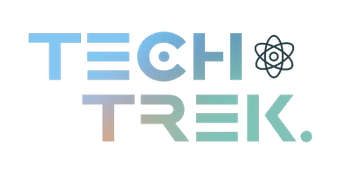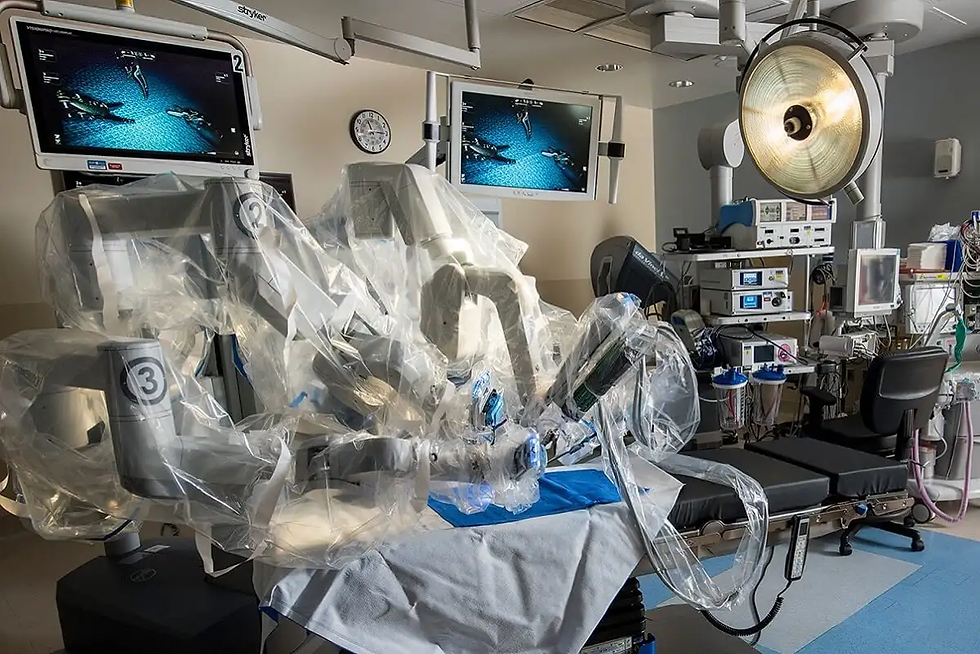Fiction to Fact: The Rise of Organoids in Medicine
- TechTrek Admin

- Mar 17
- 3 min read
Updated: Jun 24
By Rachel Fan,
Choate Rosemary Hall, CT
What comes to your mind upon hearing the words “lab-grown organs”? Is it the iconic Frankenstein’s Monster, pieced together from various bodily fragments, advanced med-bay robotic surgeons in Elysium, or the system of synthetic organ production steered by Dr. Hannibal Chew in Blade Runner? While those allusions are far into the realm of science fiction, they actually come surprisingly close to the concept of in-vitro organs in the current biomedical world. However, bioengineers refer to them by a different name: organoids.
Organoids, literally “organ-like,” are miniature, self-organized, three-dimensional tissue models derived from induced human pluripotent stem cells (hPSCs). These small-scale tissue models mimic the structure and functionality of human organs, making them invaluable tools in the medical world.

The concept of organoids in modern science dates back to the past century, when Professor H.V. Wilson showed in 1907 that isolated sponge cells could regenerate into full organisms through self-organization. Fast-forward through decades of milestones, including generating organ-like tissues from chicken embryos and creating 3D mammary ducts capable of producing milk proteins. By 2009, scientists had successfully used adult stem cells to develop gut-like structures, laying the foundation for the field we know today.
Unlike traditional two-dimensional cell cultures, organoids offer a more realistic representation of human tissues, allowing researchers to study diseases and explore regenerative medicine in unprecedented ways. However, novel technologies are never without limitations — global structures of an organoid often differ from in-vivo counterparts; for example, cerebral organoids may form multiple telencephalic vesicles rather than a single, properly organized hemisphere. Additionally, the growth environment of organoid cultures has to be carefully controlled and maintained over a long period; even the tiniest difference in media cocktail exposure would result in biases in stem cell lines and can affect outcomes, and a universal protocol for consistent organoid generation across all lines has yet to be developed.
Despite these limitations, scientists are making remarkable strides in advancing the field. On January 22, the University of Kansas City Department of Pediatrics published a study in Nature describing a rapid, scalable method for producing patient-specific organoids to evaluate personalized therapies. This approach involves transforming a patient’s blood cells into hPSCs and differentiating them into organ-specific tissues, such as cardiac organoids.

This breakthrough platform accelerates the creation of organoids, thus enabling scientists to test the efficacy of antisense oligonucleotides (ASOs). These short synthetic molecules can correct genetic errors in hereditary diseases like Duchenne muscular dystrophy (DMD) or Usher Syndrome (USH). Using this system, scientists successfully reversed disease-associated phenotypes in patient-derived cardiac organoids, offering a hopeful vision of a future where medicine is tailored to the individual, where genetic diseases are no longer lifelong sentences but tangible challenges solvable with breakthrough organoid technology.
Organoids are evolving into transformative biomedical tools, enabling the modeling of complex systems like organ interactions and improving scalability for drug screening and tissue engineering. In just over a century since Wilson’s sponge-cell experiments, they already hold the potential to reshape the frontier of medicine and address current healthcare challenges. Science fiction, as it seems, is quickly becoming science fact.
----Works Cited
Chen, B., Du, C., Wang, M., Guo, J., & Liu, X. (2024). Organoids as preclinical models of human disease: progress and applications. Medical review (2021), 4(2), 129–153. https://doi.org/10.1515/mr-2023-0047
Means, J.C., Martinez-Bengochea, A.L., Louiselle, D.A. et al. Rapid and scalable personalized ASO screening in patient-derived organoids. Nature (2025). https://doi.org/10.1038/s41586-024-08462-1
Organoids: A new window into disease, development and discovery. (2017). Harvard.edu. Retrieved January 25, 2025, from https://hsci.harvard.edu/organoids
Yan, D., Ouyang, X., Patterson, D. et al. Mutation analysis in the long isoform of USH2A in American patients with Usher Syndrome type II. J Hum Genet 54, 732–738 (2009). https://doi.org/10.1038/jhg.2009.107
Zhu, Z., & Huangfu, D. (2013). Human pluripotent stem cells: an emerging model in developmental biology. Development (Cambridge, England), 140(4), 705–717. https://doi.org/10.1242/dev.086165
%202_e.png)





Comments